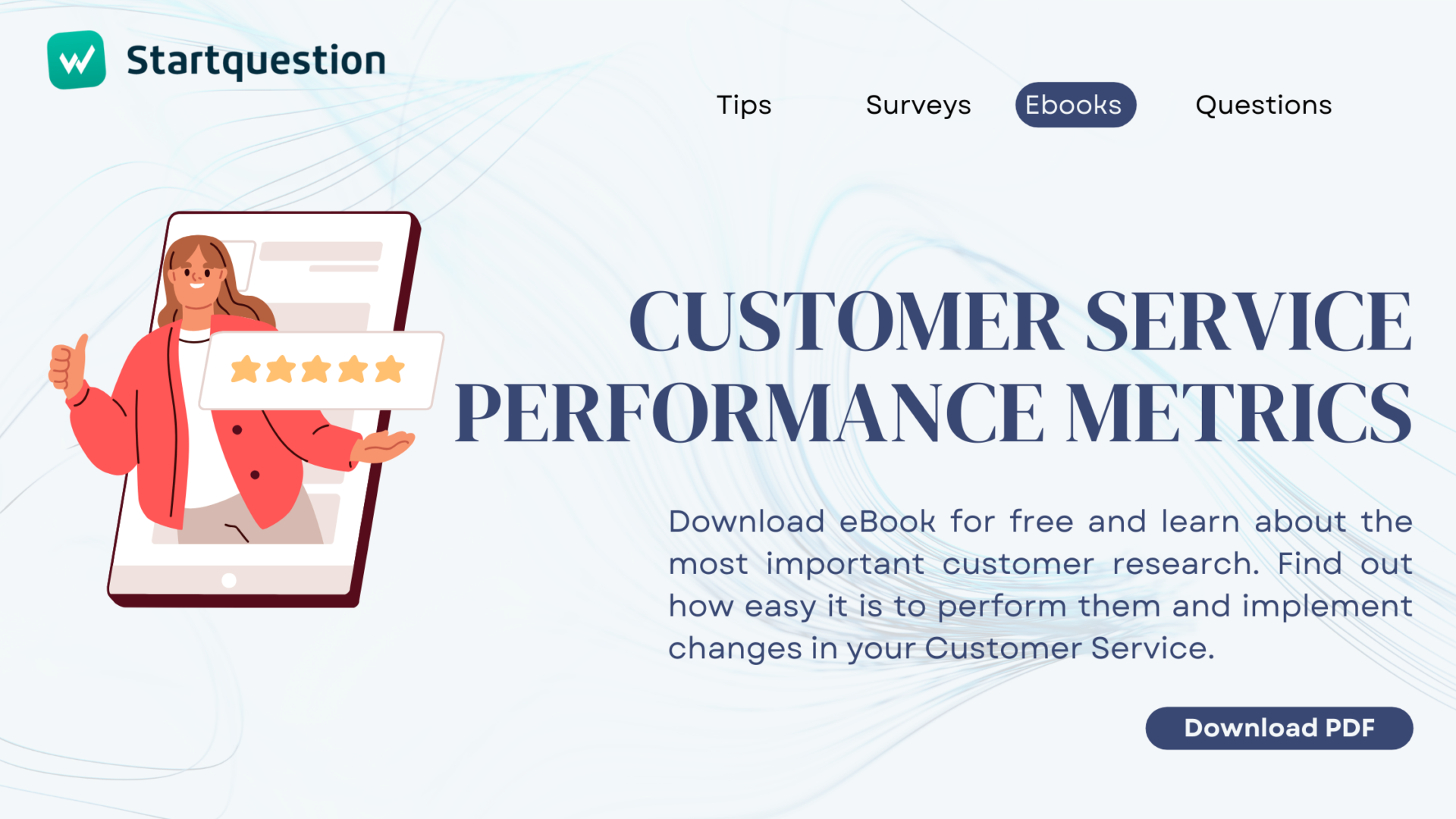The benefits of properly constructed online surveys are invaluable. Such a questionnaire will provide you with reliable data based on which business decisions can be made. A poorly structured questionnaire will prevent the respondents from completing it or typing anything to get this “unpleasant duty” over with. As a result, all our work dedicated to distribution will go to waste, or even worse, the data obtained will be unreliable and may be the basis for making bad decisions.
Here is a list of the most common mistakes when creating a survey.
Online Surveys: How to Avoid the Top 10 Common Mistakes?
1. No introduction
Don’t assume that the respondent already knows what exactly is going on. Even if you previously provided the participants with information about the survey (e.g., in an email), it is worth repeating this in the introduction. It is the basis of a survey-related savoir-vivre. An introduction is a place where you can briefly describe the purpose of the survey and how long it will take to complete it. An informed participant is a motivated participant.
2. Particulars as the first question
The purpose of the study is to gain valuable information, so let’s use the fact that participants are usually more focused at the beginning. That’s what the particulars are for. It is a good idea to start with questions that require some thought and introduce the respondent to the topic of the survey. For example:
“Have you come across the X advertising campaign for product Y?”
Leave the questions that are filled automatically for the end, i.e., about age, gender, professional, or family status.
Startquestion is a professional survey software
Gather feedback via weblink, social media, email, and more.
No credit card required · Cancel any time · GDRP Compilant
3. Excessively difficult question to start with
The order of the questions cannot be random. As you already know, starting with questions regarding particulars is not a good idea, but it is equally as harmful to start with extreme questions. Controversial or complicated questions at the start discourage the respondent from continuing the survey.
It is a good idea to create it according to the following scheme: from general issues to details, from easy to complex, from facts to opinions, and open-ended questions. Let the respondent “warm up”, and give them time to get acquainted with the topic and shape of the survey.
4. Too-long survey
In the introduction to the questionnaire, the time to complete it was estimated at 3 minutes. Meanwhile, the respondent is currently answering the tenth question, and the end of the survey is nowhere in sight. You shouldn’t be surprised that the respondent’s engagement decreases with each subsequent question. Effect: types or clicks anything.
It is also a common reason for survey abandonment. The shorter the study, the better – so each question must be well thought out, carefully formulated, and necessary. Honesty towards the survey participant also pays off – if it lasts a quarter of an hour, let’s not hide it.
Use ready-made survey templates for your research
5. Incorrect scale
The response scale should resemble a mirror image and be as objective as possible. So if we define several degrees of satisfaction, they should also be counterbalanced on the opposite side. An inconclusive scale might look as follows:
How would you describe your level of service satisfaction?
– Very high
– High
– Average
– Poor
It should look as follows:
How would you describe your level of service satisfaction?
– Very high
– High
– Average
– Low
– Very low
6. Incorrectly personalized survey path
If the respondent declares that he or she does not use product X, asking whether they think the product has the A, B, or C properties makes no sense. To pick those people among the respondents, who have experience in using product X, several varied answer paths should be created. Filtering questions will help you achieve this.
Suppose you consider the information that the respondent has already provided in further parts of the survey. In that case, you will avoid artificially lengthening the survey, not to mention the boredom the respondent may experience.
The benefits of properly constructed online surveys are invaluable. Such a questionnaire will provide you with reliable data based on which business decisions can be made.
7. The range of answers to choose from is too extensive or insufficient
Closed, multiple-choice questions (like a cafeteria) are often not exhaustive – or on the contrary, the list of options is long, discouraging the respondent. It is not worth going to extremes. Of course, you won’t be able to predict all cases, but in such a situation, a good solution is to give the respondent the initiative by entering their answer (“Other – what?”). For example:
What bread spreads do you use?
– Margarine
– Butter
– Fat mix
– Lard
– Olive
– Vegetable pastes, e.g. made from sesame
– Other (please specify)
8. Suggesting an answer
“Do you agree with the negative assessment of…” “Why brand X does not meet your expectations…” These questions may apply in some specific cases but often lead to a false survey result. The less clear connotation of the questions, the better. Avoid positive or negative emotional expressions – let the respondents determine their attitude towards a specific topic on their own. So the question should instead look as follows:
“Will brand X live up to your expectations?”
or
“How do you rate brand X?”
9. Incomprehensible questions, excessively complex vocabulary
“Was the promulgation of this normative act by the fundamental law?”. There are certain people among our readers who perfectly understand this question. However, they are a minority.
The simpler the words you use, the greater the chance that the survey will be understood as intended by its creator. The high entry threshold for individual questions discourages potential respondents from taking a specific survey and any future research of this type. If you have to use specialized vocabulary, explain, preferably with examples. Remember that your respondent is not obliged to be erudite.
10. Overlapping answers
If the correct answer is in two different ranges, the respondent will not know which one to choose. An example may be a situation in which a survey participant is asked about their child’s age and is given the following age ranges: 0-3, 3-6, 6-10, etc. So what should the parent of a three-year-old choose – the first or the second option? They choose freely, according to their intuition, and the survey result automatically becomes unreliable.
“But these mistakes are so basic!” someone could say after reading the above list. That’s correct. So, where do badly-prepared surveys still come from?
Specialists suggest that testing the survey before its publication is a good idea. You can act like the respondent and complete it yourself, but it is also worth asking a few people utterly unrelated to the topic to do that. You will gain a valuable third-party view – not only about the content of the questions but also the layout of the survey itself, its logic, aesthetics, and consistency. Unfortunately, the latter factors, in particular, are often underestimated.
Most importantly – before you start creating a survey, think first about what information you expect to get. Who are or who should be the survey participants?
What is the easiest way to communicate with them? What decisions are to be made after collecting data from respondents? Which of the pieces of information received is crucial for this decision? The above approach will contribute to avoiding mistakes, both those listed above and many others. Good luck!
See more ready-to-use survey templates:
How not to make mistakes in online surveys?
Create an account on the Startquestion platform and use its features for free for 14 days. Our tool allows using our database of ready survey examples.
Feel free to contact us – we will be happy to advise you on how to conduct a survey in your company or organization successfully.








